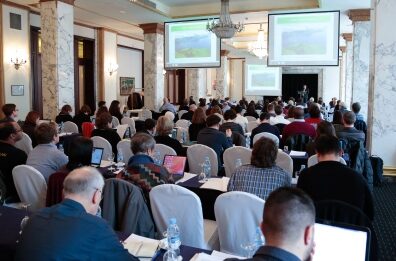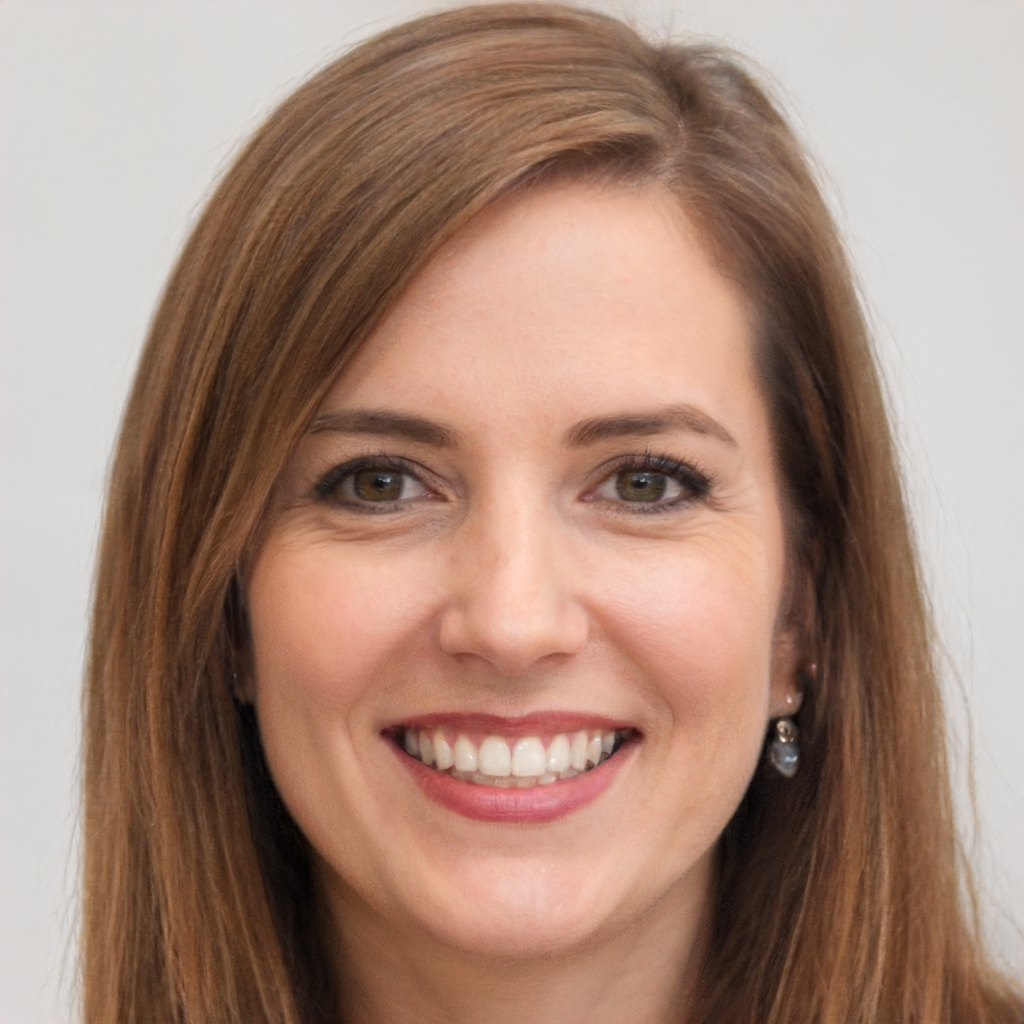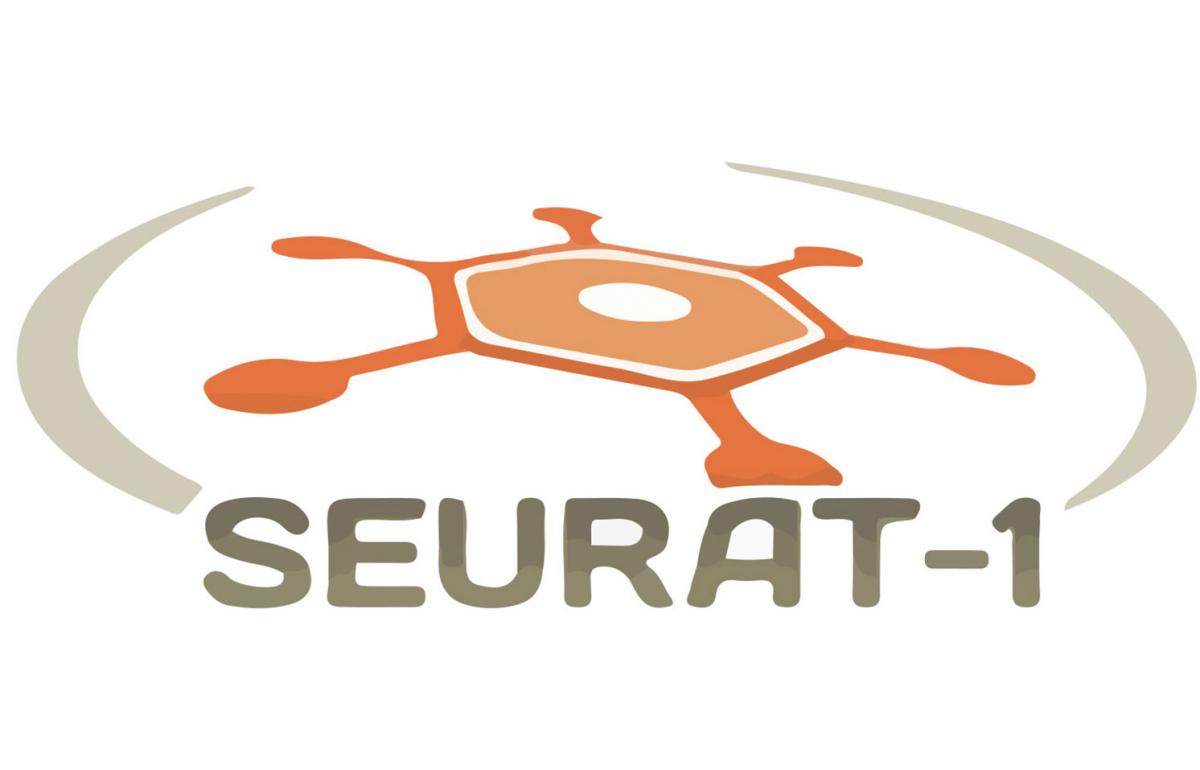SEURAT-1 assembled for its fifth annual meeting in Barcelona on 21-22 January 2015 with the purpose to report major achievements and progress since the last annual meeting and discuss how to successfully conclude its activities by the end of the year.
SEURAT-1 is the largest EU initiative ever undertaken on alternative methods and is equally co-founded through a public-private partnership between the European Commission (FP7 Programme administered by DG Research & Innovation) and Cosmetics Europe, comprising seven individual projects and more than 70 research partners. The aim of SEURAT-1 is to make the first decisive step towards the ultimate replacement of in vivo repeated dose systemic toxicity testing with animal-free solutions, which is a major challenge in modern safety assessment of chemicals. COSMOS, SCR&Tox, DETECTIVE, HeMiBio and NoTox are the five SEURAT-1 research projects covering different areas of expertise relevant to the development of alternative methods. In addition there is the central data analysis service ToxBank and the coordination action COACH.
 The research projects presented impressive results. DETECTIVE reported identification of novel biomarkers for kidney, liver and heart. They also showed that differentiated human-skin derived cells can acquire hepatic properties, e.g. they demonstrate steatotic functions when exposed to a chemical known to cause fatty liver, and therefore they are suitable to use for in vitro hepatotoxicity testing. All cell systems tested within DETECTIVE were found to have a toxicological memory in their genetic profile after exposure to chemical stressors. NOTOX demonstrated the results of a multi-scale model for steatosis prediction including repeated dose 3D in vitro models, using HepaRG, in combination with computational biokinetic modelling mimicking human exposure. The COSMOS DB with more than 80.000 records of cosmetic-related substances is publicly available since December 2013 and will further be updated with a TTC (Threshold of Toxicological Concern) database.The computational models developed within COSMOS, such as a range of biokinetic models, will be made available through implementation into the open source software KNIME, including easy-to-use web-based applications, with documentation of the models and user guidance available through’COSMOS Space’ . COSMOS also developed several profilers that can be applied to characterise chemicals, for example to predict binding potential to proteins or skin penetration coefficients, as well as chemical space analysis tools. SCR&Tox have finalised protocols for differentiations of human pluripotent stem cells into keratinocytes, neurones, cardiocytes and hepatocytes, and in addition established technologies for large scale production and banking. HeMiBio presented results from a unique model predicting fibrosis composed of 3D co-cultured liver cell lines in a flow over bioreactor with implemented electronic sensors for detection of read-outs. ToxBank reported good progress in collecting resulting data from the SEURAT-1 projects as well as the proof-of-concept case studies.
The research projects presented impressive results. DETECTIVE reported identification of novel biomarkers for kidney, liver and heart. They also showed that differentiated human-skin derived cells can acquire hepatic properties, e.g. they demonstrate steatotic functions when exposed to a chemical known to cause fatty liver, and therefore they are suitable to use for in vitro hepatotoxicity testing. All cell systems tested within DETECTIVE were found to have a toxicological memory in their genetic profile after exposure to chemical stressors. NOTOX demonstrated the results of a multi-scale model for steatosis prediction including repeated dose 3D in vitro models, using HepaRG, in combination with computational biokinetic modelling mimicking human exposure. The COSMOS DB with more than 80.000 records of cosmetic-related substances is publicly available since December 2013 and will further be updated with a TTC (Threshold of Toxicological Concern) database.The computational models developed within COSMOS, such as a range of biokinetic models, will be made available through implementation into the open source software KNIME, including easy-to-use web-based applications, with documentation of the models and user guidance available through’COSMOS Space’ . COSMOS also developed several profilers that can be applied to characterise chemicals, for example to predict binding potential to proteins or skin penetration coefficients, as well as chemical space analysis tools. SCR&Tox have finalised protocols for differentiations of human pluripotent stem cells into keratinocytes, neurones, cardiocytes and hepatocytes, and in addition established technologies for large scale production and banking. HeMiBio presented results from a unique model predicting fibrosis composed of 3D co-cultured liver cell lines in a flow over bioreactor with implemented electronic sensors for detection of read-outs. ToxBank reported good progress in collecting resulting data from the SEURAT-1 projects as well as the proof-of-concept case studies.
Results from the eight SEURAT-1 Level 2 proof-of-concept (PoC) case studies were presented and discussed. These case studies are tailor-made to predict specific types of toxicity based on SEURAT-1 methods. They are based on Adverse Outcome Pathway reasoning to target specific adverse effects with relevance to human disease due to repeated dose exposure. Final conclusions are still to be summarized and one of the more interesting results will be to evaluate how the different case studies managed to meet the challenge in predicting long-term effects based on in vitro exposure scenarios.
There are three SEURAT-1 Level 3 PoC case studies, for which chemicals safety assessment are carried out based on (1) an ab initio approach (no animal data available on the chemical itself or similar chemicals), (2) read-across from data-rich source substances to the substance to be assessed using strengthening arguments from alternative data, and (3) extending the Threshold of Toxicological Concern (TTC) approach to cosmetics-related substances. All three case studies apply a conceptual framework for chemicals safety assessment developed within SEURAT-1. The level 3 case studies are planned to be finalized by the end of 2015 and will be as far as possible based on data from SEURAT-1 methods. If the case studies not manage to fulfill regulatory acceptance they will make the basis to better specify where further development and research is needed.
It was agreed that the tools and methods from all the SEURAT-1 projects will be collected as a common outcome in a catalogue to be made available at the end of 2015. The DB-ALM (the European Commission’s database on alternative methods) will be hosting the catalogue and the OECD accepted DB-ALM format to report alternative methods applied. Methods reported in DB-ALM will be linked to the ToxBank records containing more detailed and in certain cases confidential information and raw data. The catalogue will be an overview of the methods and of complementary utility to the information collected in ToxBank.
The annual meeting was finalized by a plenary discussion with the SEURAT-1 Scientific Expert Panel. The panelists expressed that they were impressed of the methods developed within SEURAT-1 presented at the meeting, but even more they were impressed in the way they were presented. The cluster is exceptionally multidisciplinary and from the beginning it had not been easy to communicate in this community. However, the partners had developed a common language. The biokinetic modelling that had been identified as a major knowledge gap from the beginning, was now commonly used and had finally become an integrated part of the projects. It was also recognized that the toxicological knowledge had grown and was used in method development and in interpretation of results. The Adverse Outcome Pathway thinking had generally been embraced and had proven to work as a backbone to organize the large amount and variety of data generated and collected within SEURAT-1. The conceptual framework for safety assessment based on alternative methods, toxicological knowledge and existing data, developed within the SEURAT-1 was already considered a success. It was recognised that especially for the case studies there were still a lot of hard work to be accomplished in the last year of SEURAT-1, but everyone was looking forward to the final results and recognized the importance to bring the SEURAT-1 experience into future initiatives aiming on the development of an efficient and reliable animal-free chemicals safety assessment.

Sara holds the esteemed position of Lead Publisher at SEURAT, overseeing the curation and dissemination of content centered on health and ethical consumer choices. With her rigorous editorial standards and an acute understanding of the health supplement industry, she ensures the delivery of accurate, insightful, and relevant information to the platform’s discerning audience. Her commitment to promoting cruelty-free practices has solidified the website’s reputation as a trusted source for professional and ethical insights in the sector.
